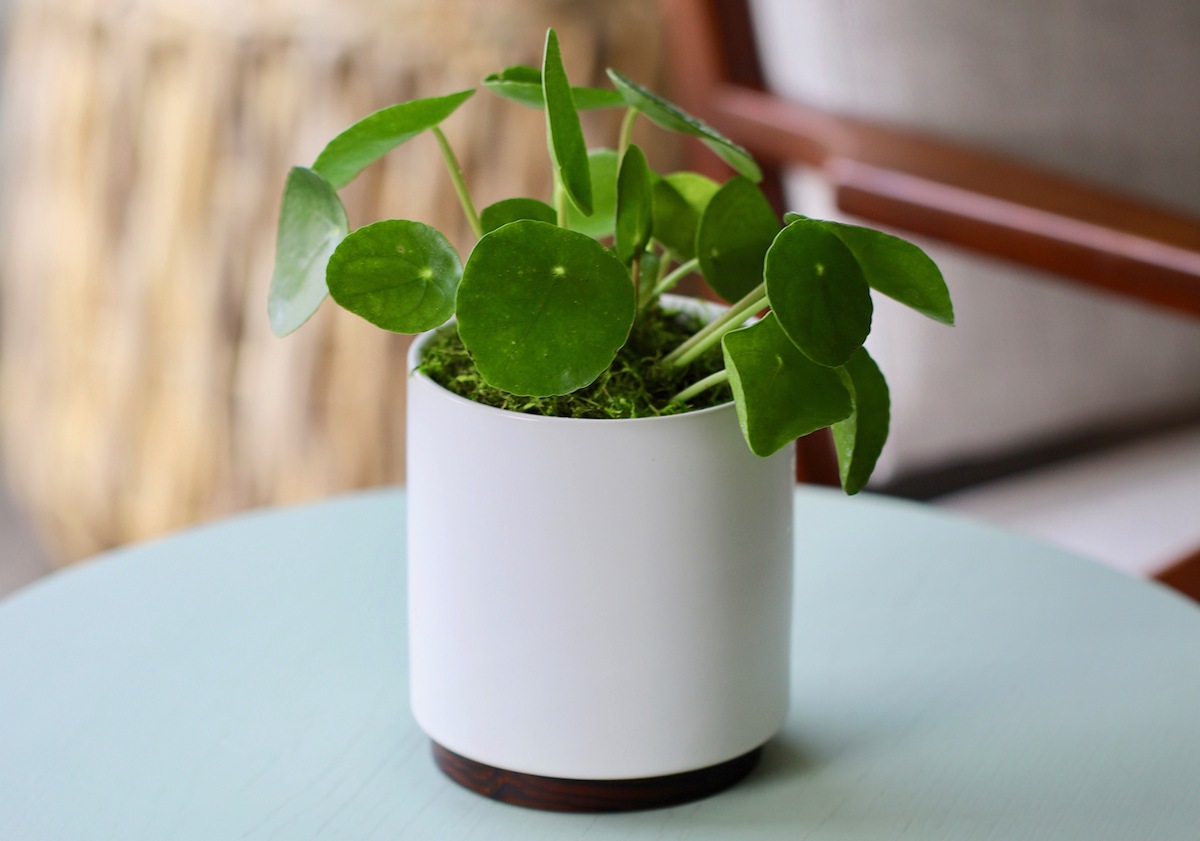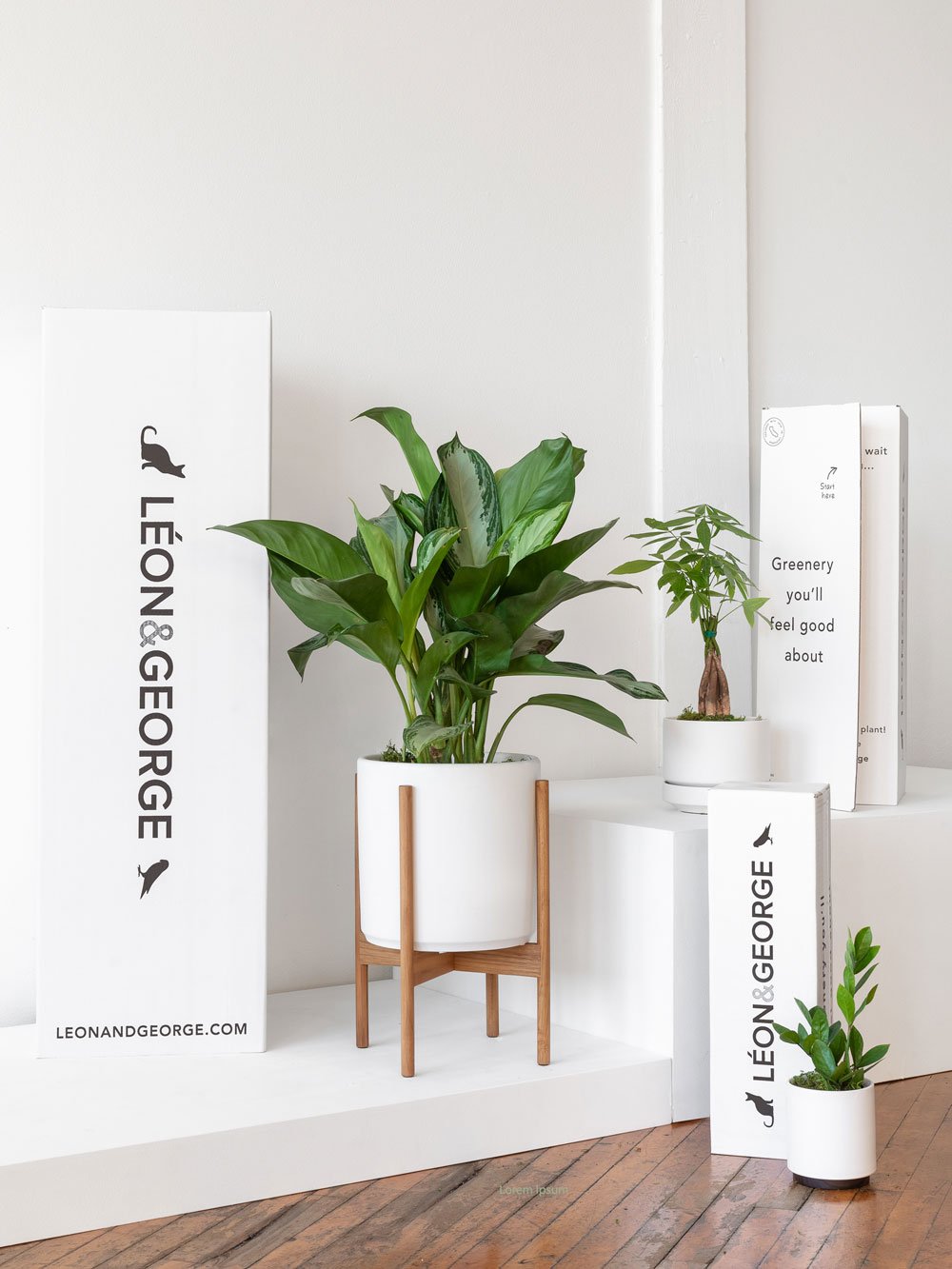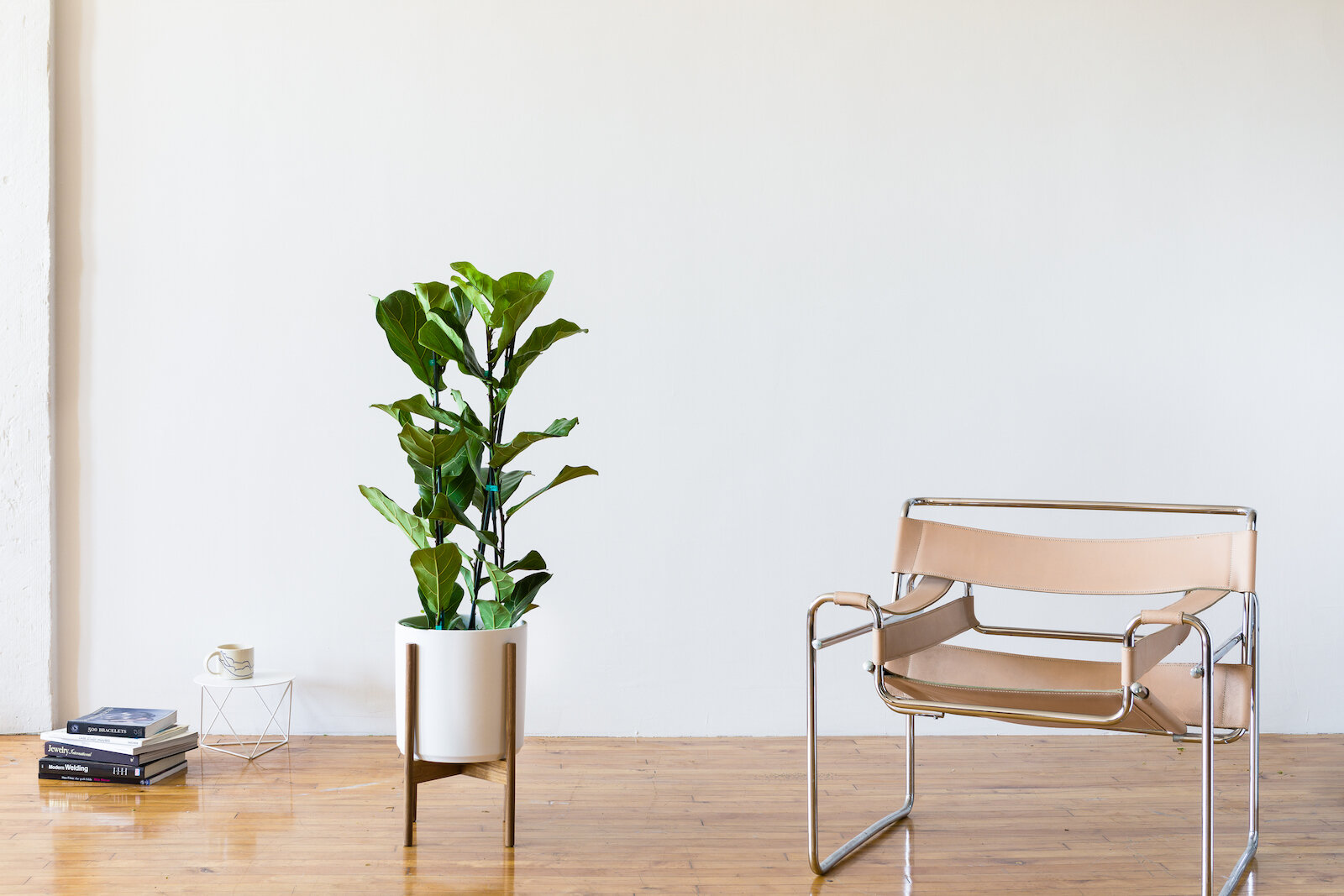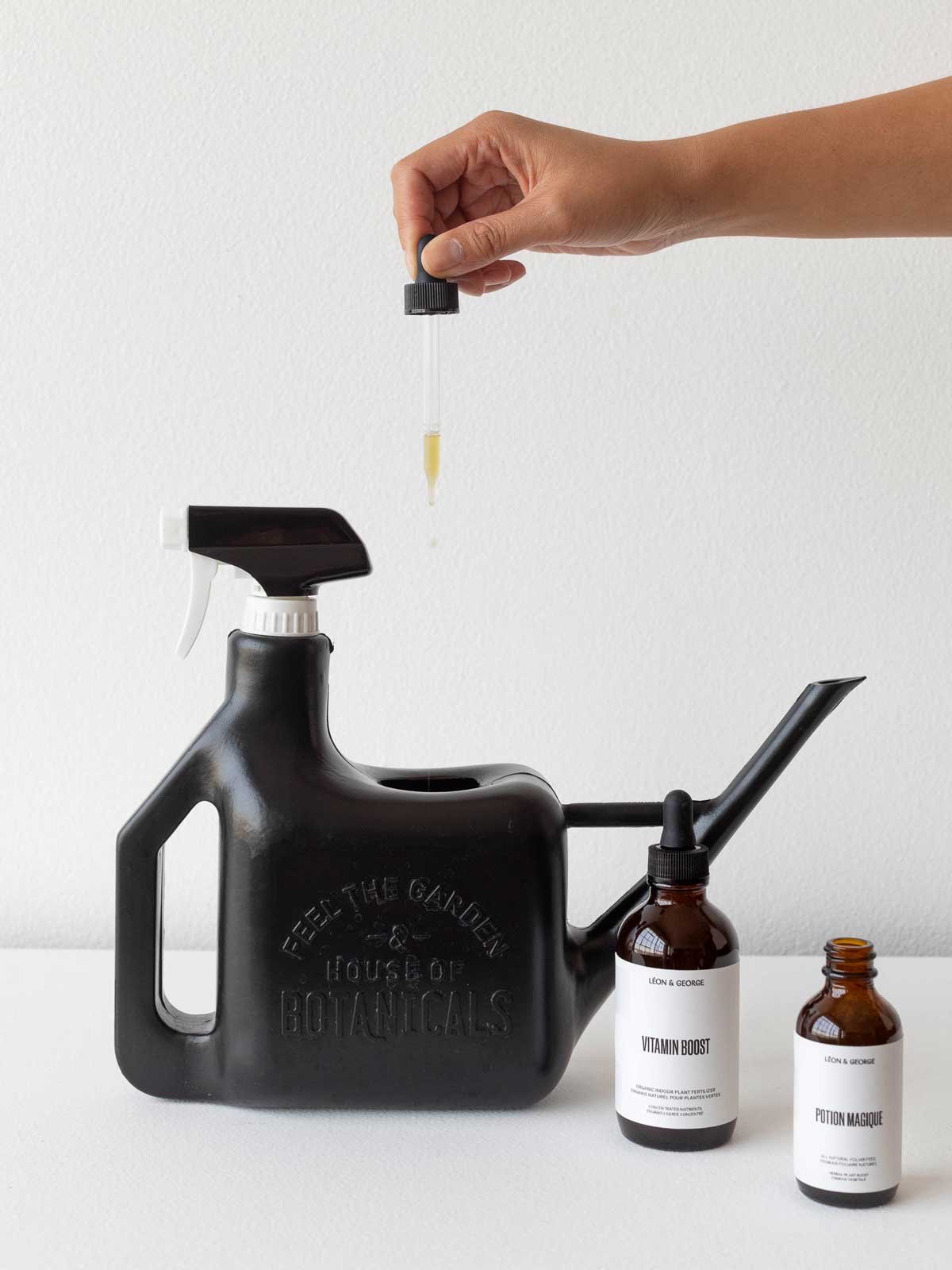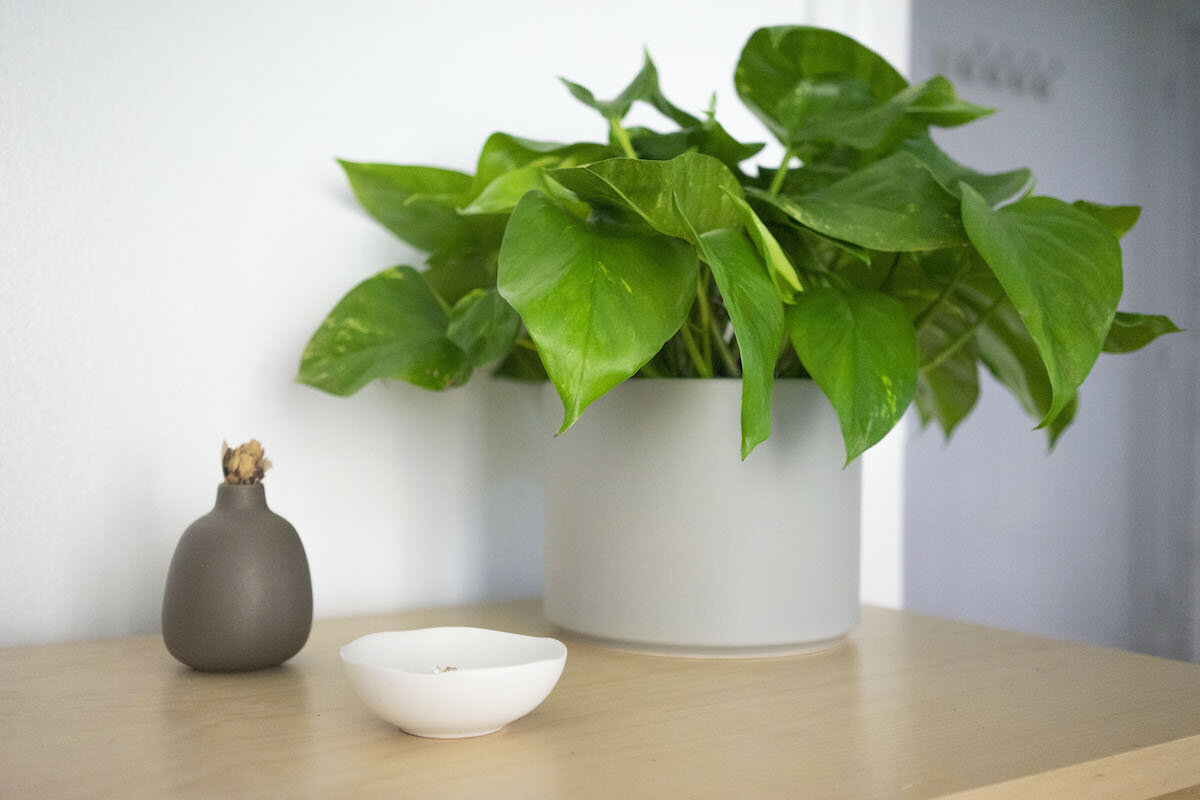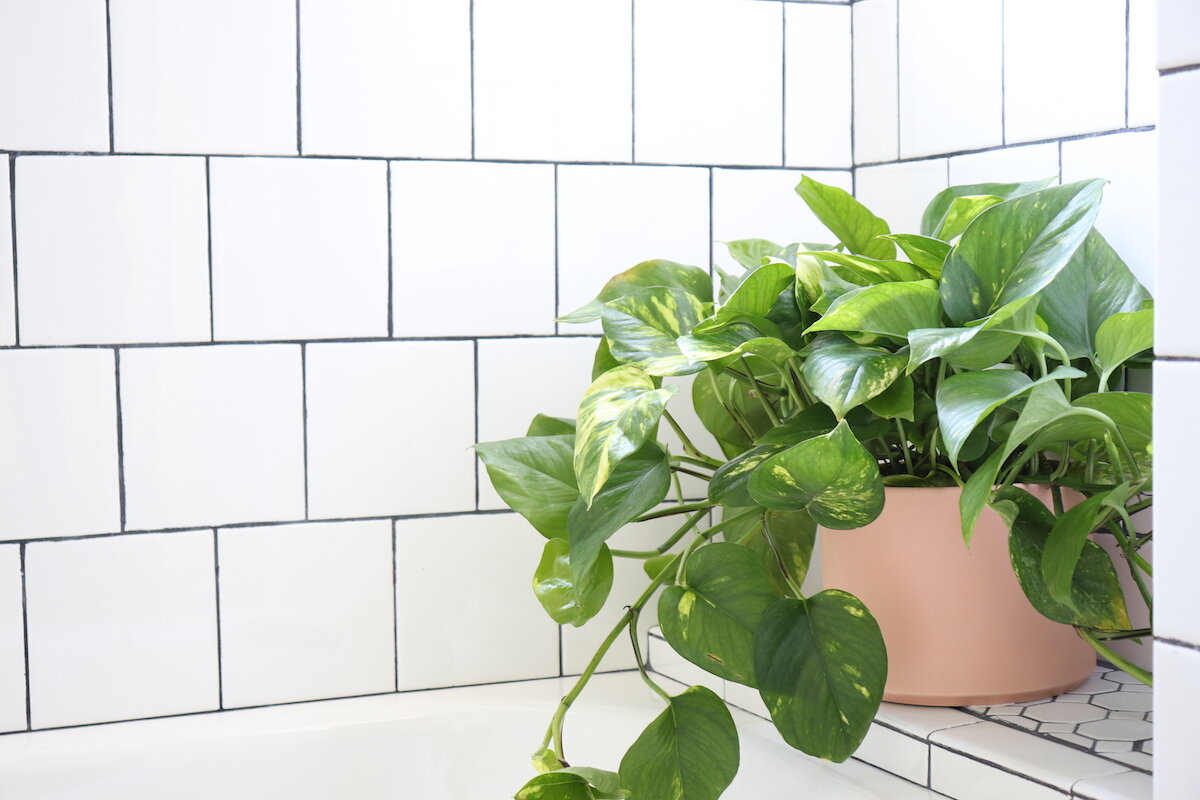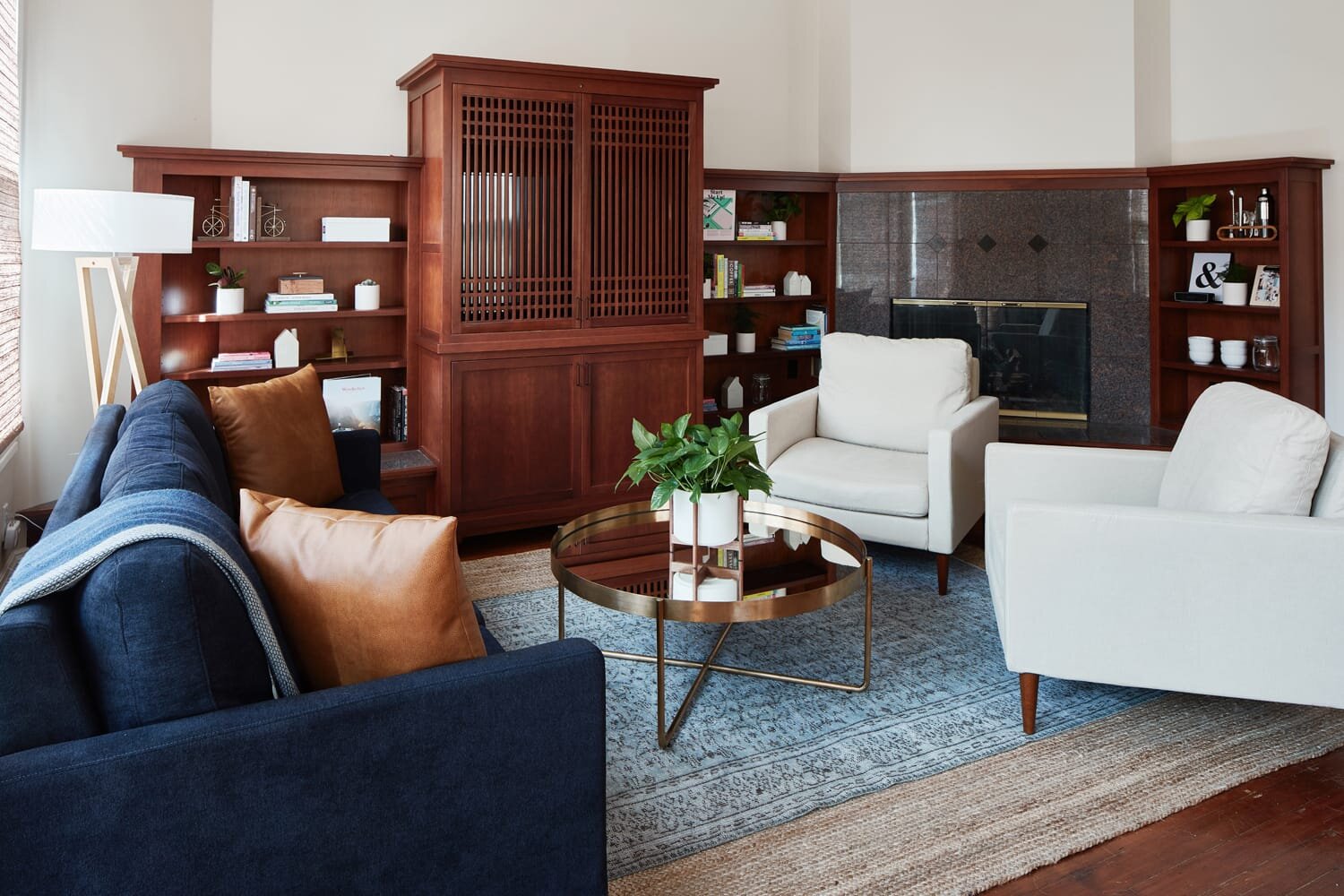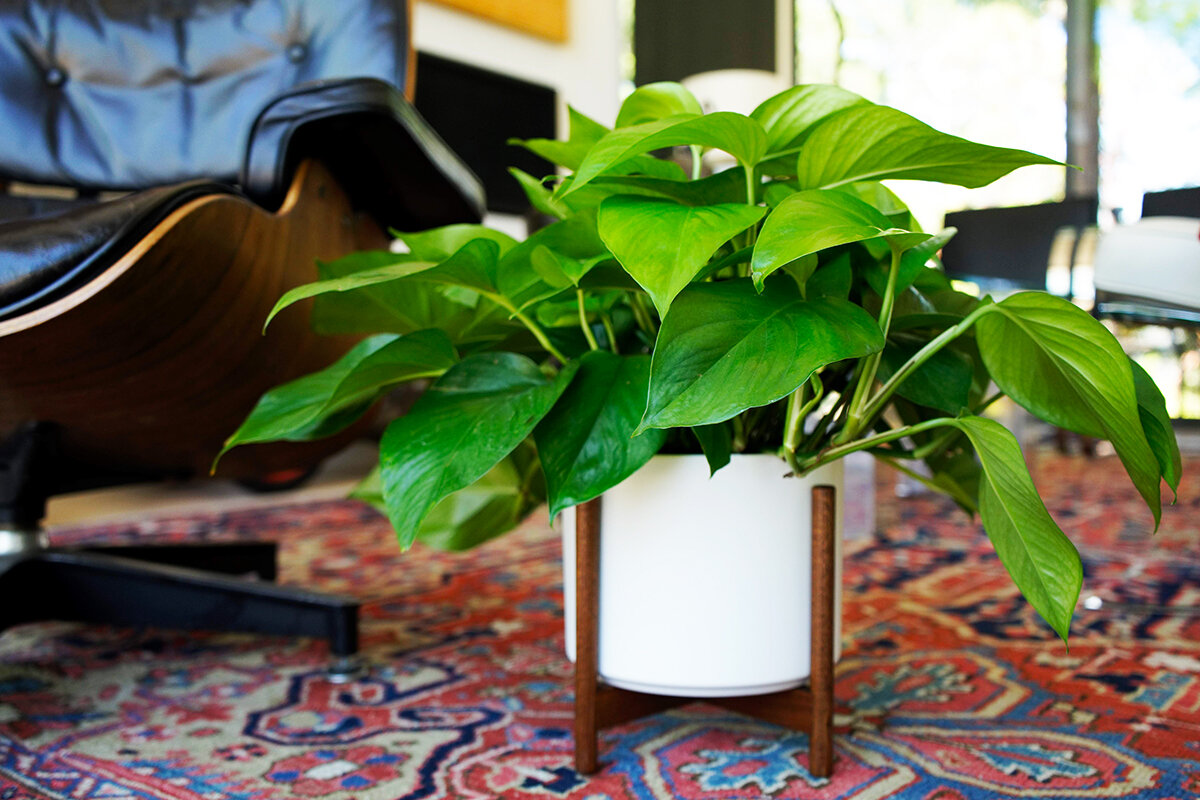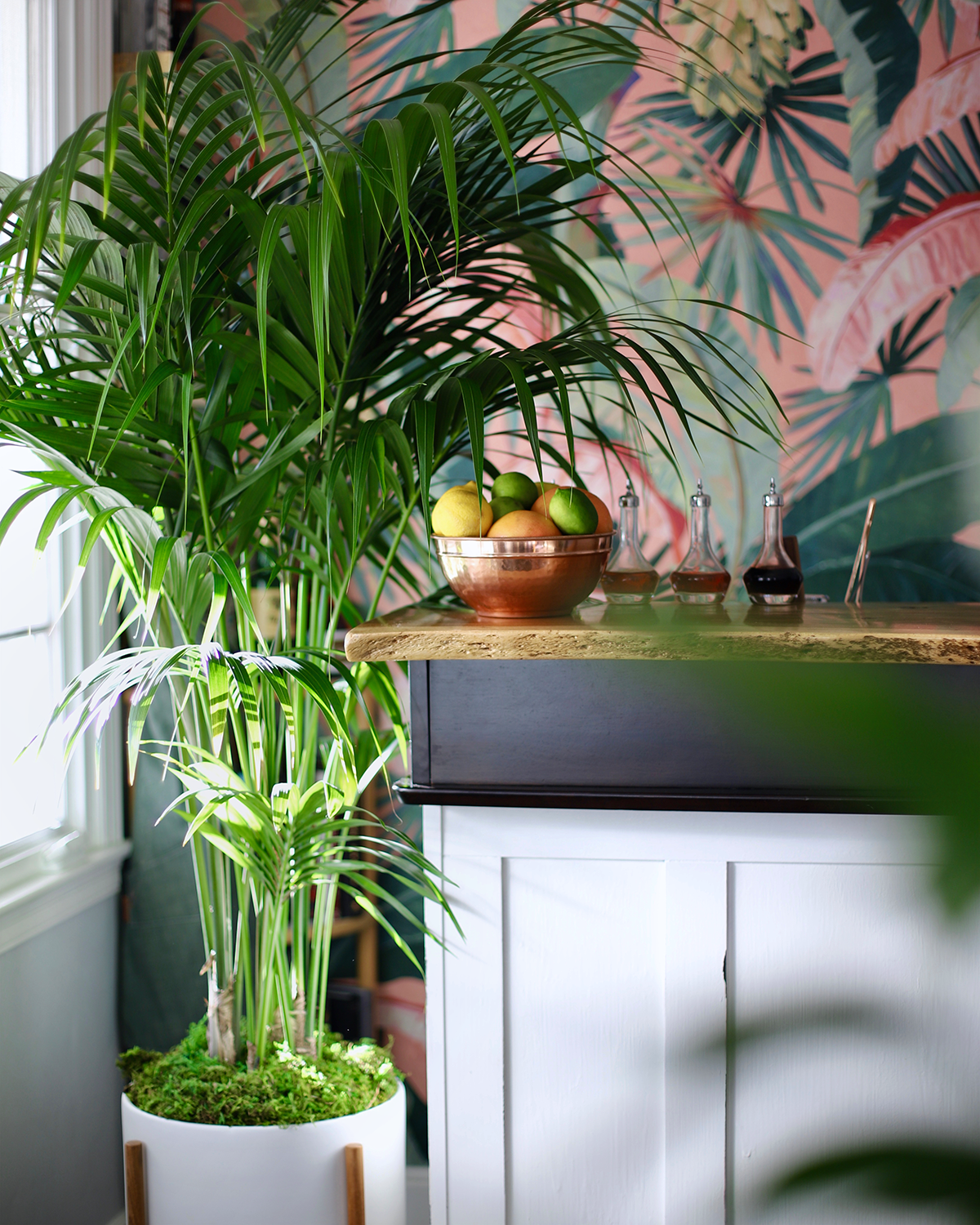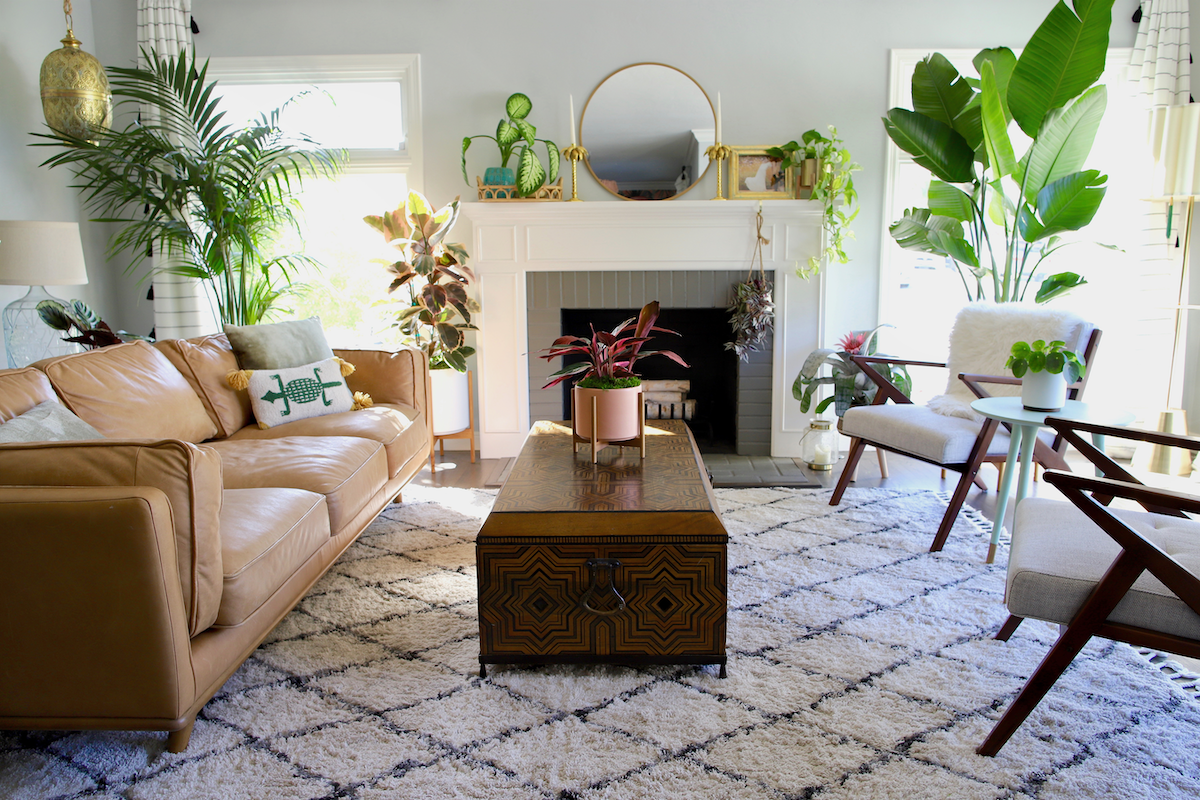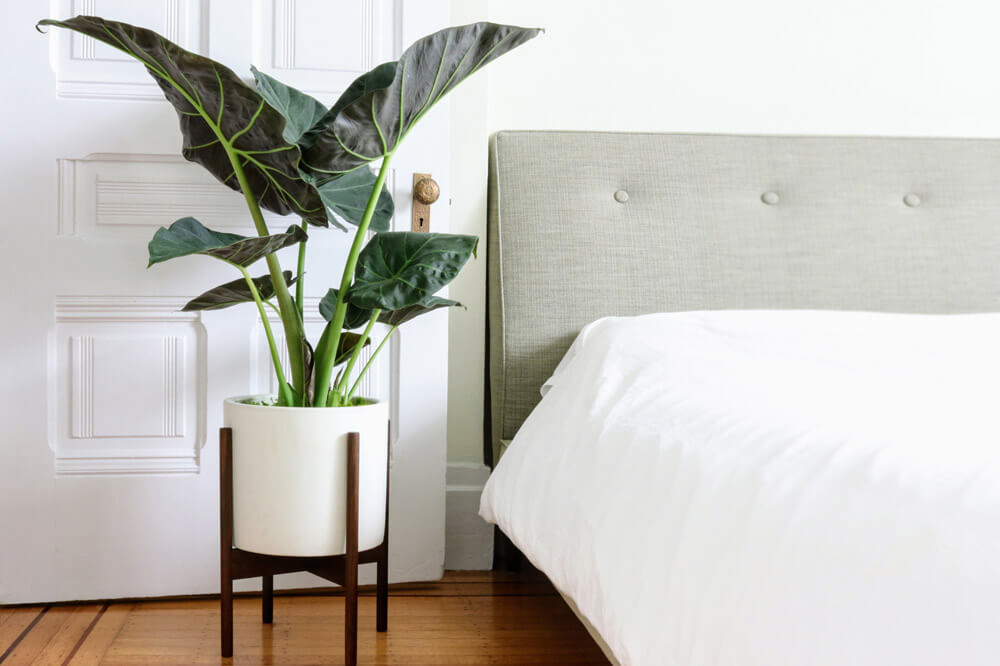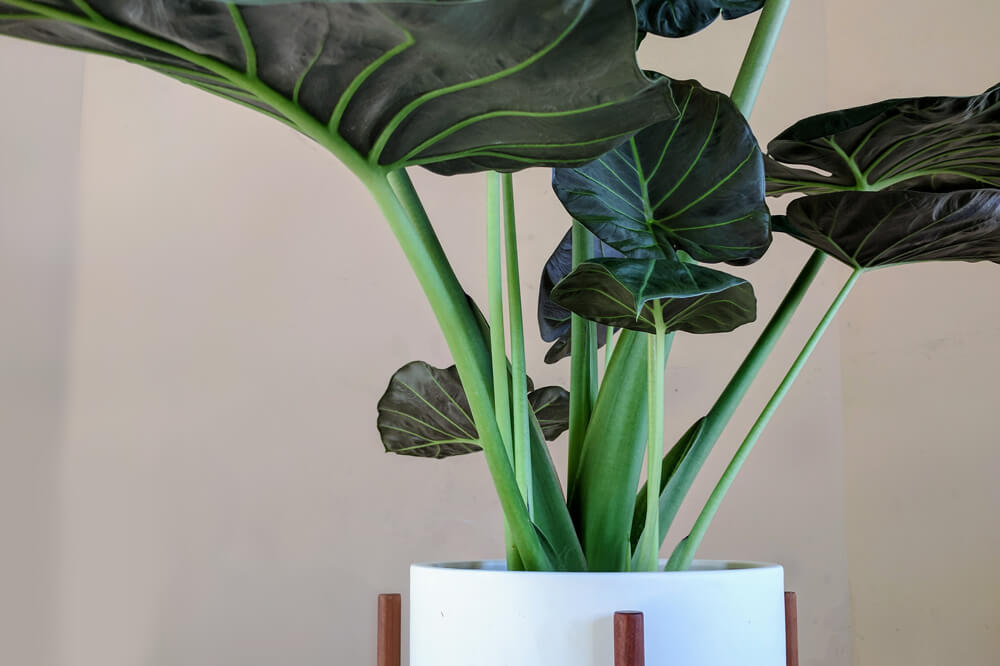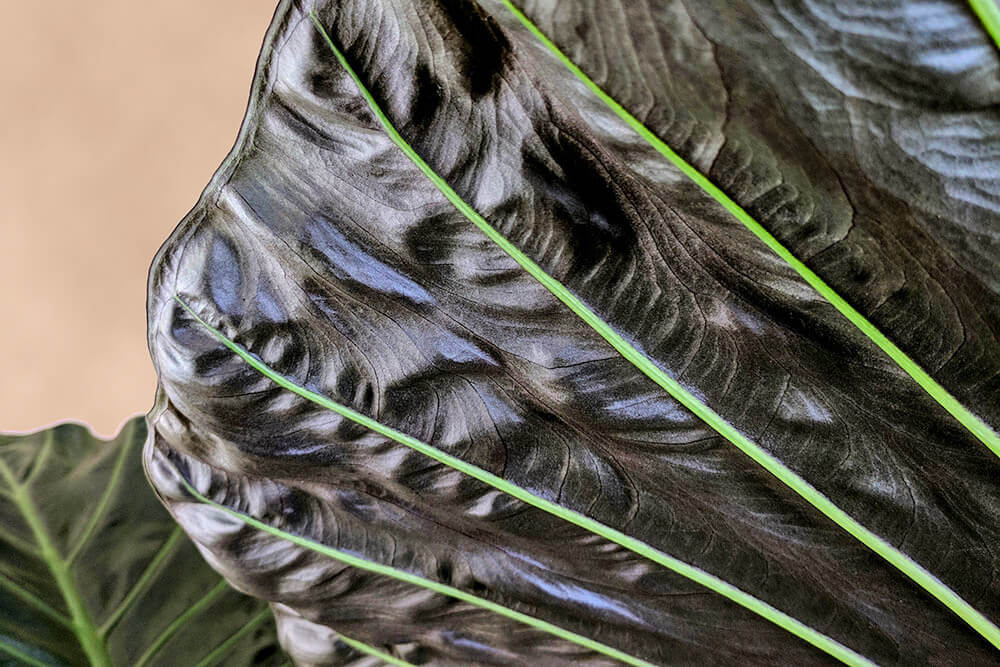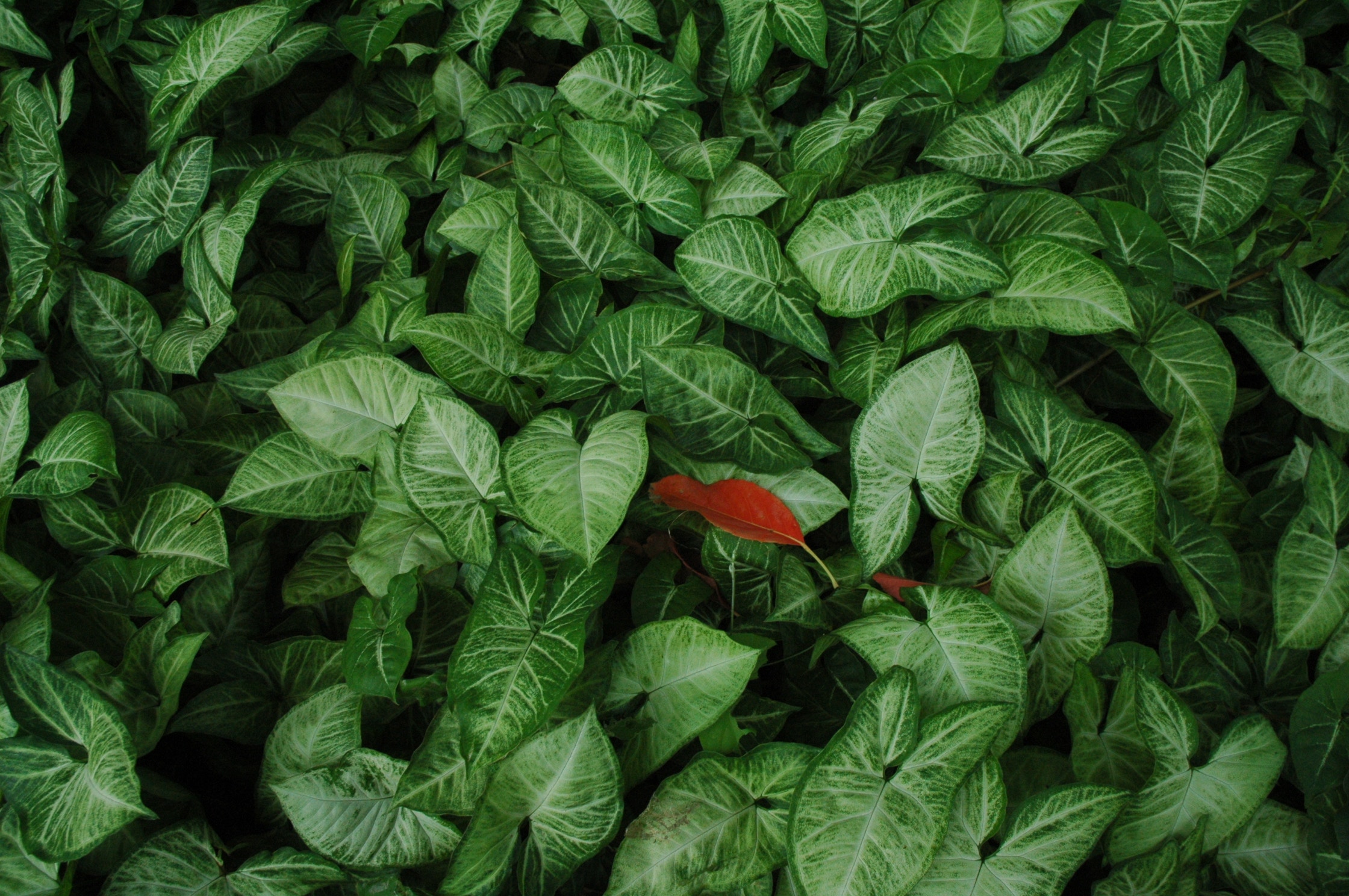The Pilea AKA Friendship Plant is one of our top-selling gifts— even the New York Times agrees it’s a great housewarming gift! Photo by @theweekendmixologist
Finding the perfect gift is no easy task. It can be incredibly time-consuming to find something of value that the recipient will appreciate and that they don’t have already. But if you’re at a total loss of which gift to get for a holiday, a birthday, a housewarming, or really any occasion… try a plant!
A few reasons why plants make the perfect gift…
They’re symbolic. Plants are not just representative of the beauty of nature. They are also the symbol of life, gratitude and luck, among other things! That’s why they make such great housewarming gifts, wedding gifts, birthday gifts and more— no matter what the occasion is, there’s a perfect plant for it.
They’re gender neutral. While flowers can be the perfect gift for certain occasions, the truth is that, unlike plants, they unfortunately are not always seen as a gender-neutral gift. Plants make the perfect gift for anyone and for any occasion, and they also last longer than flowers, too!
They have many benefits. Plants don’t just look great— they also serve many health and wellness benefits such as cleaning our air and making us feel happier and less stressed.
They’re timeless. Trends come and go, but beautiful greenery is timeless. An elegant and understated gift, it’s something that will never go out of style.
They’re a crowd pleaser. It’s no secret that plants have been having a moment in recent years. No matter who the recipient is, odds are they either like plants, or love plants!
Convinced yet? The best part about it is that you can gift a beautiful potted plant to anyone in the country by simply ordering online. Léon & George plants come with stylish, handmade ceramic pots and lifetime access to our Plant Doctors so that your recipient is fully supported all along the way, no matter the color of their thumb. So what are you waiting for? Give the gift that grows.
The perfect gift for any occasion
Premium plants paired with stylish ceramics, plus lifetime plant care support. Order online at leonandgeorge.com
-
Join hundreds of customers in choosing Léon & George for all their gifting needs. We make it effortless to send an impressive and upscale gift to all the important people in your life, near and far. Enjoy some of the perks of shopping for gifts with Léon & George:
Fast, nationwide shipping with express and overnight options
Innovative, custom packaging that ensures your gift arrives in pristine condition
Personalized gift message options
Select your preferred ship date, if desired
-
Every plant gift includes simple care instructions to keep the plant happy and healthy over time. You may also select to include a custom gift message. All gift orders are covered under our 45 Day Guarantee and our Plant Doctor program, which means the recipient can message us anytime for plant care support. Their gift will include a QR code to quickly set up their guarantee and access the Plant Doctors.
-
Any plant makes a fantastic gift, but there are some that are particularly symbolic or meaningful when sent as gifts:
The Braided Money Tree is said to bring good luck and prosperity to its home—it’s a great congratulatory or good luck gift!
The Pilea is also known as “the friendship plant” and makes a great gift for pals near and far!
The Zanzibar Gem is not only incredibly hardy but it’s also often referred to the “eternity plant”.
The Snake Plant is popular thanks to its air-purifying powers, making it a great gift for wellness-minded friends.
Browse all our most popular plant gifts.
